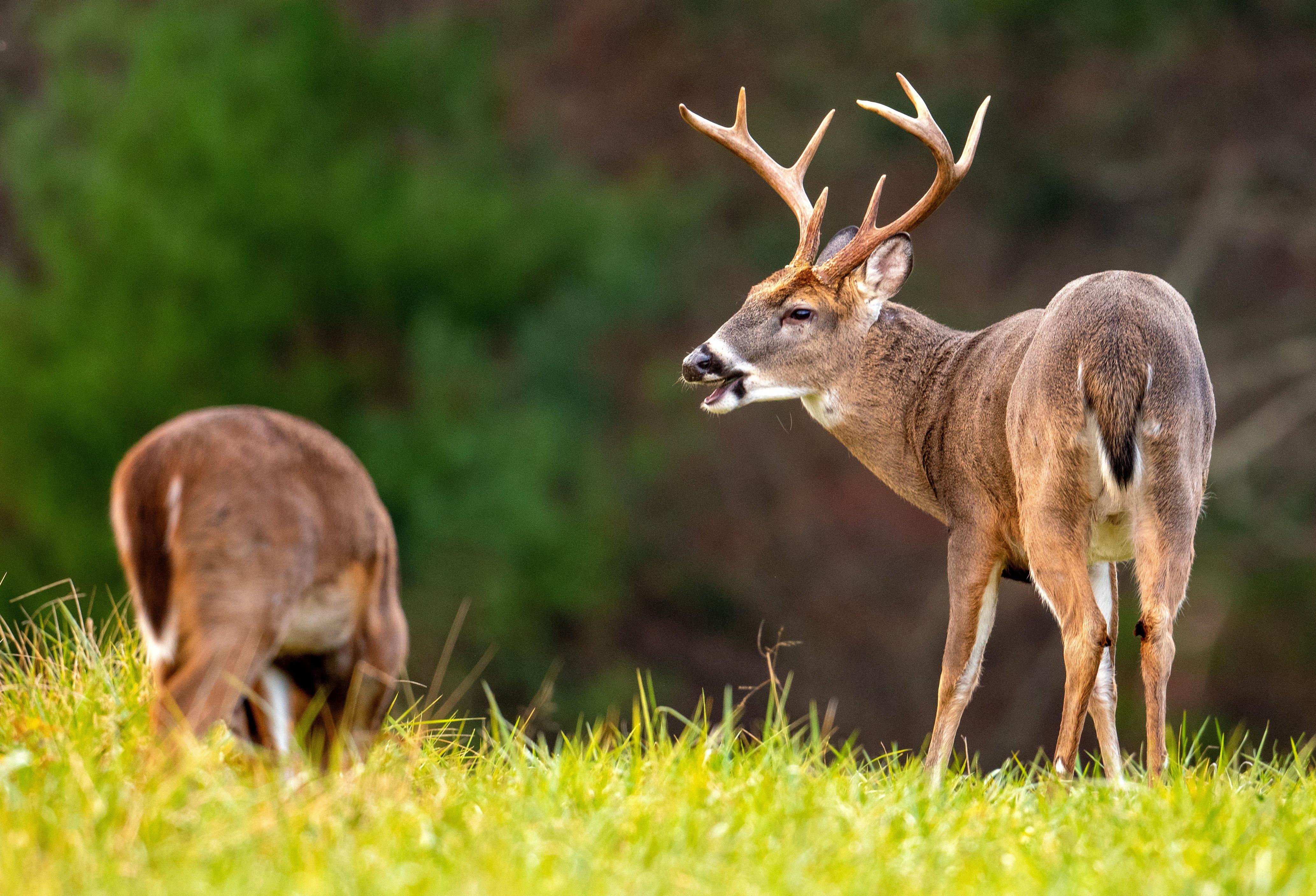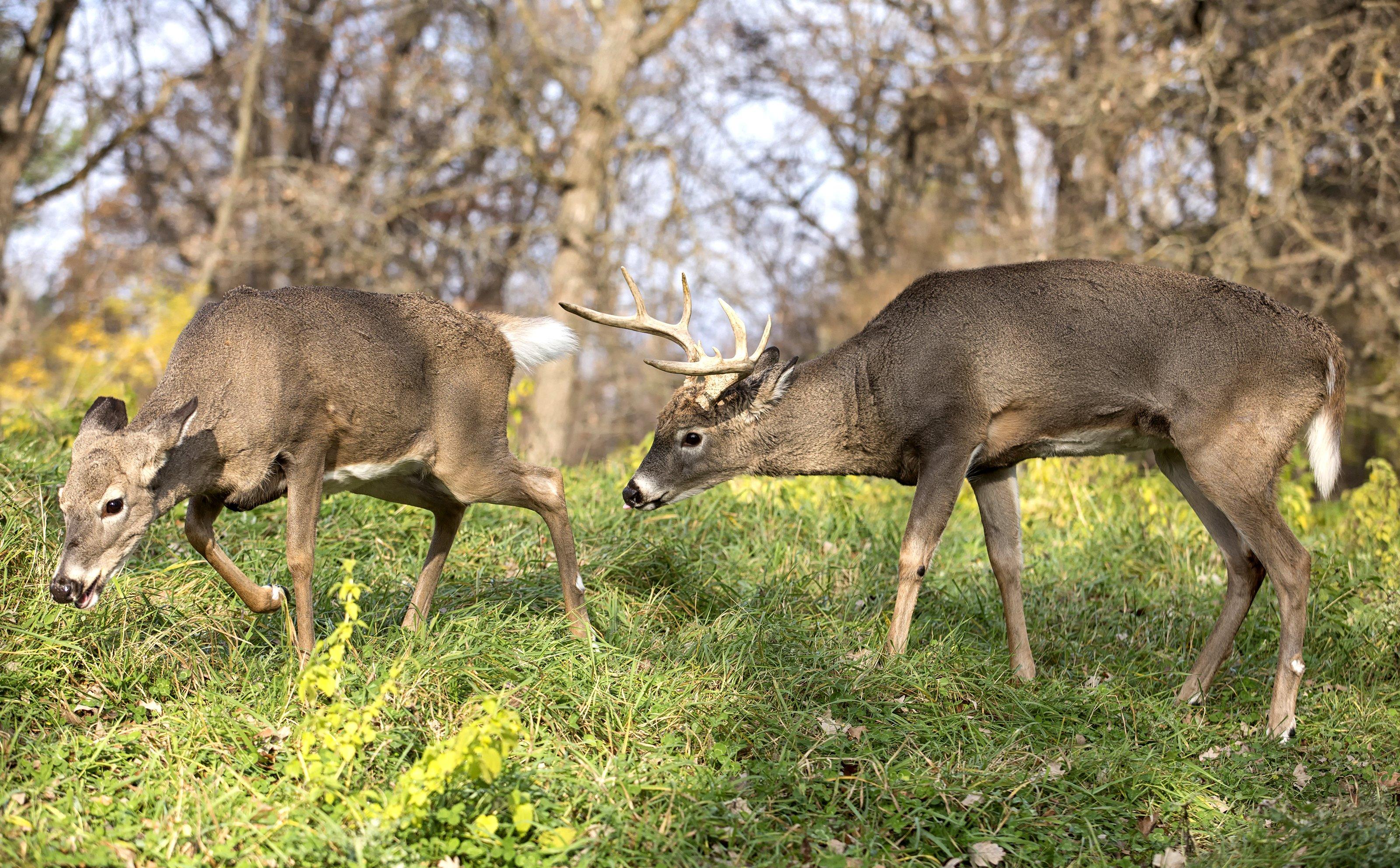Chasing and breeding stopped weeks ago in most parts of the country, but the action is just starting in the Heart of Dixie. A look at history explains why

No doubt, the Alabama rut is odd. It also tends to be a trickle rut. Image by Critterbiz
In most counties in Georgia, deer rut from mid-October through mid-November. In Mississippi, bucks chase and breed does in December. So why in Alabama, which sits squarely in the middle of those neighboring states, is the rut just starting to heat up now?
Restocking Deer
Eighty years ago, looking to rebuild deer herds across Alabama, visionary wildlife officials embarked on an extensive restocking program. They shipped in hundreds of whitetails from as far away as Michigan, Ohio and Wisconsin. Most of the deer relocated to counties across the state were moved from the river bottoms of southwestern Alabama, where herds were strongest at the time.
“You can look at the distribution map of where deer were stocked in the 1940s, ’50s and ’60s and see the different genetics of the deer that came from different parts of the country and different parts of the state,” said Chuck Sykes, director of Alabama Wildlife and Freshwater Fisheries. “You can see the differences in the rut.”
Sykes said that depending on which region you’re hunting, deer might rut in November or December. But breeding activity for most of the state is based on genetics from the deer transplanted from southwestern Alabama. Deer there have always rutted late.
“That’s why the predominant rut in most of Alabama is from the last two weeks of January through the first two weeks of February,” Sykes said.

Alabama is a great rut hunting destination after the action is long finished elsewhere. Image by Tony Campbell
Trickle Rut
States farther north, and especially in the Midwest, often have a defined rutting period of 10 days or so, but Alabama has a trickle rut, with peaks and valleys of chasing and breeding that can last four to six weeks. “That can be due to the age structure of the herd in a certain county, or an unbalanced buck-to-doe ratio, or hunting pressure,” Sykes said. All that makes deer movement and rutting activity unpredictable from week to week.
Sykes alluded to Alabama’s erratic winter weather. It can be 75 to 85 degrees for a week or longer in January, especially in the southernmost counties. “Mature bucks aren’t comfortable chasing hard in the middle of the day every day,” he said. “They’ll rut a lot at night, which makes seeing them really tough. As far as having a strong, condensed rut like you see in other places, you’re not going to see it here in Alabama.”
Best Rut Tactic
Sykes is not only a conservation professional. He’s a hardcore hunter like us. To kill a good buck during the latest rut in America, he said to hunt where the ladies stay. “In late January and early February, I’m in a stand close to where some does bed. If a buck does decide to get up and move one day in daylight, chances are it’s going to be tight to a doe bedding area.”
Don’t Miss: WHY YOU SHOULD SCOUT FOR DEER IN JANUARY












